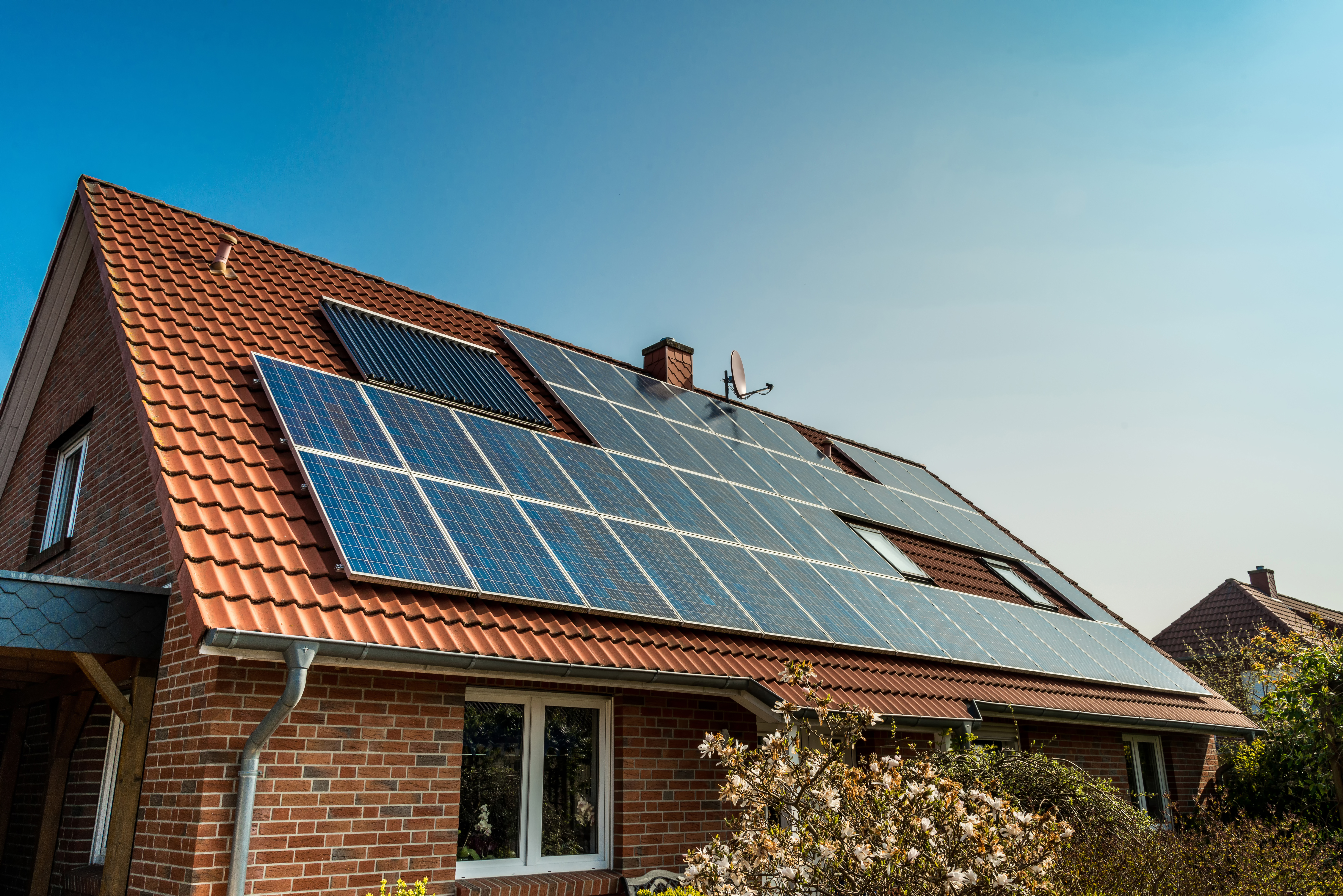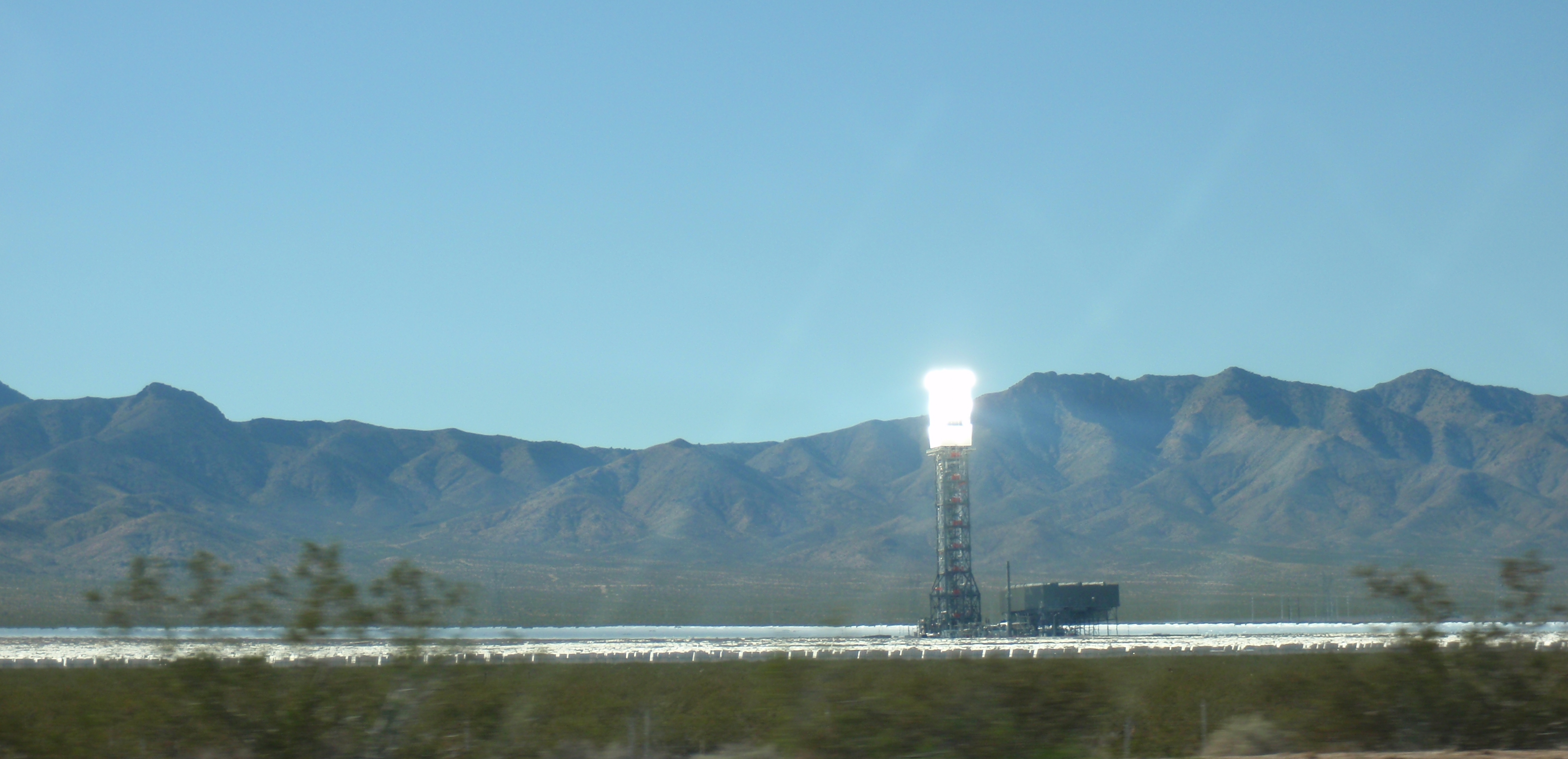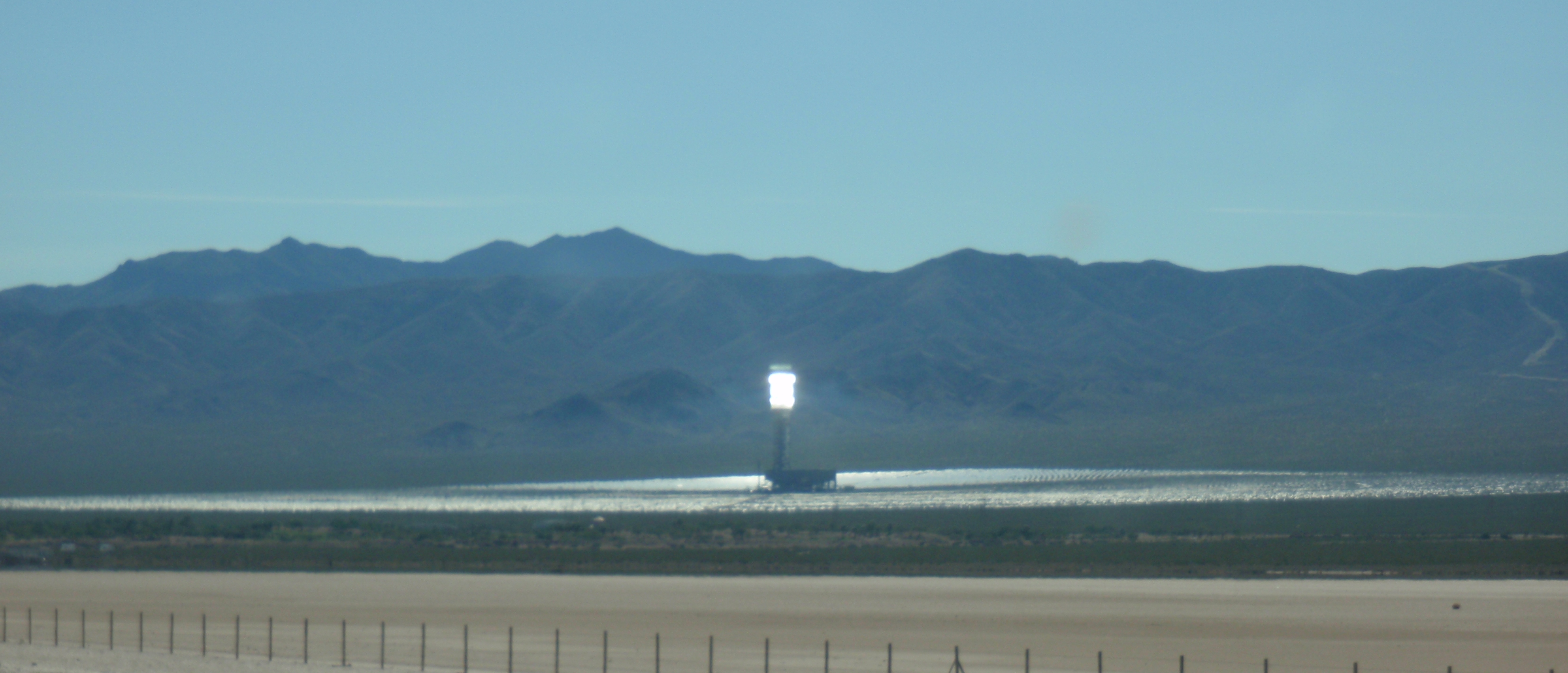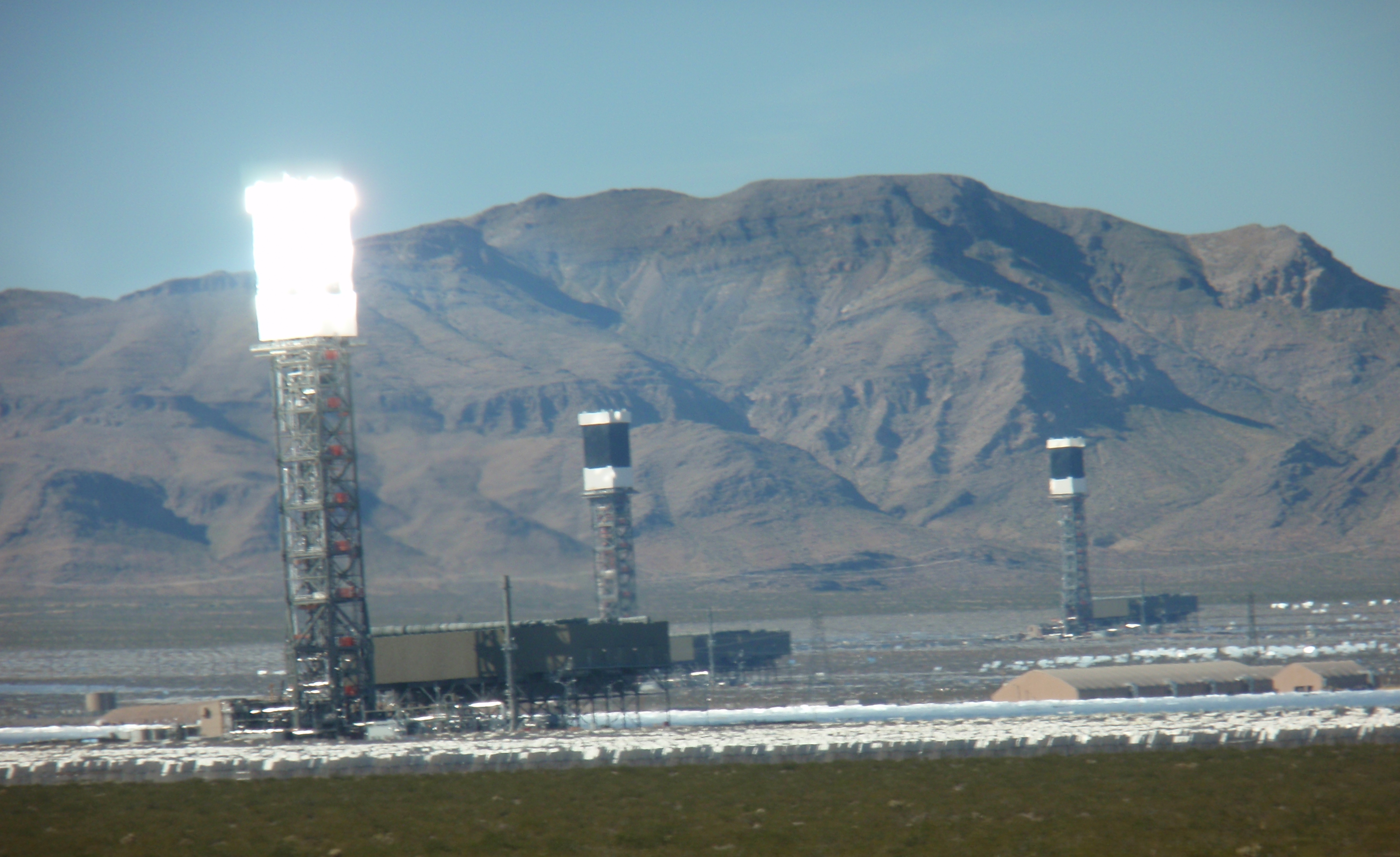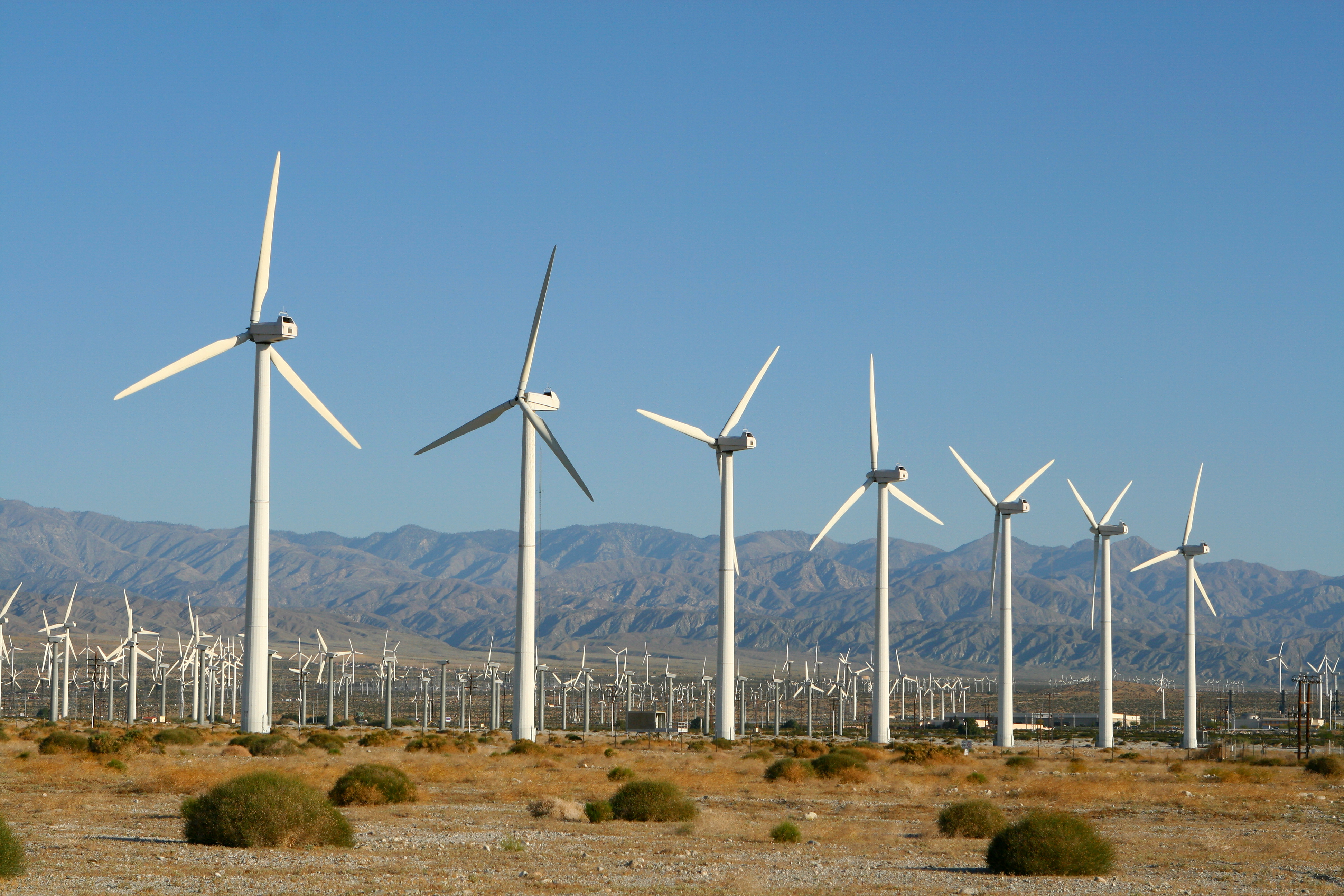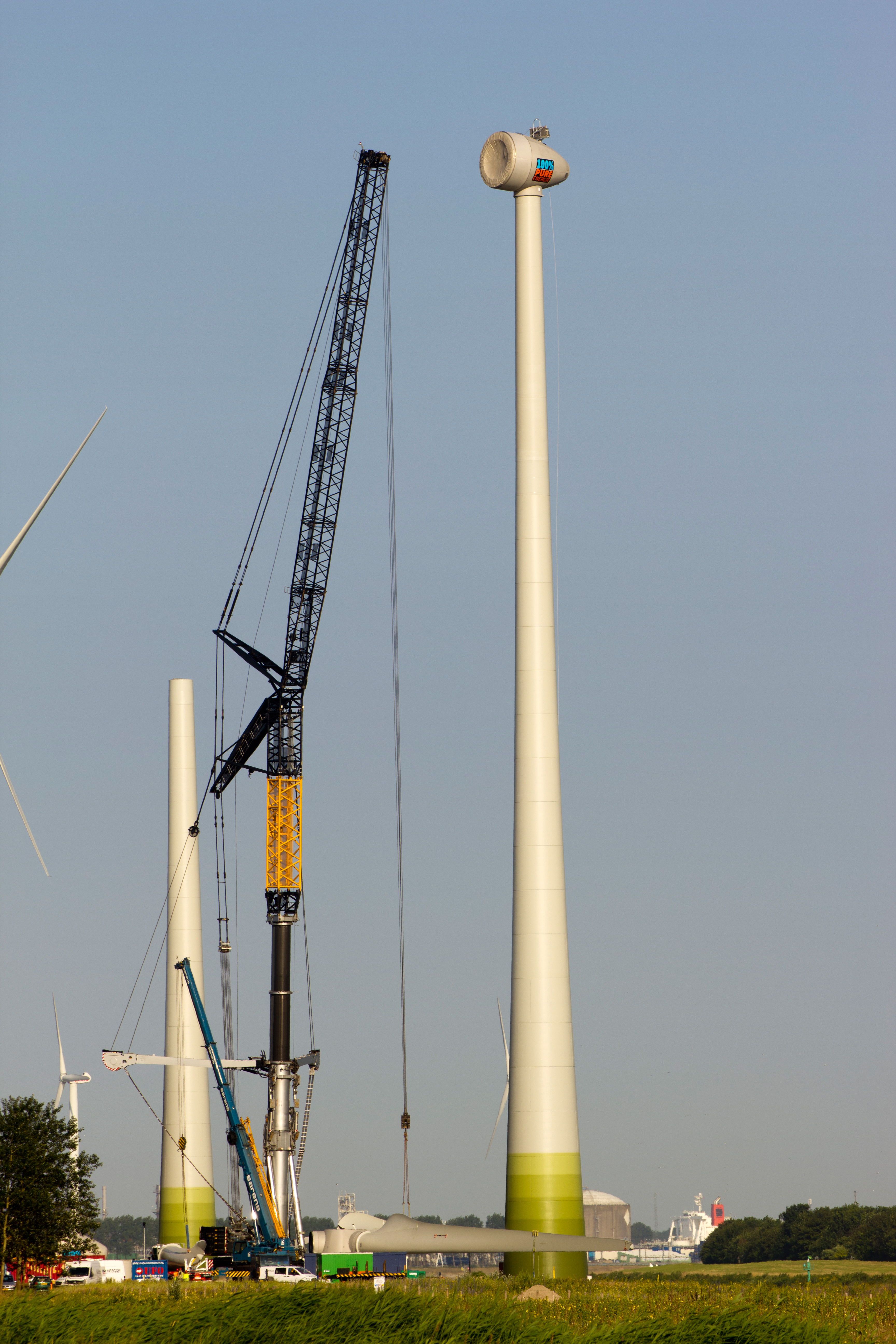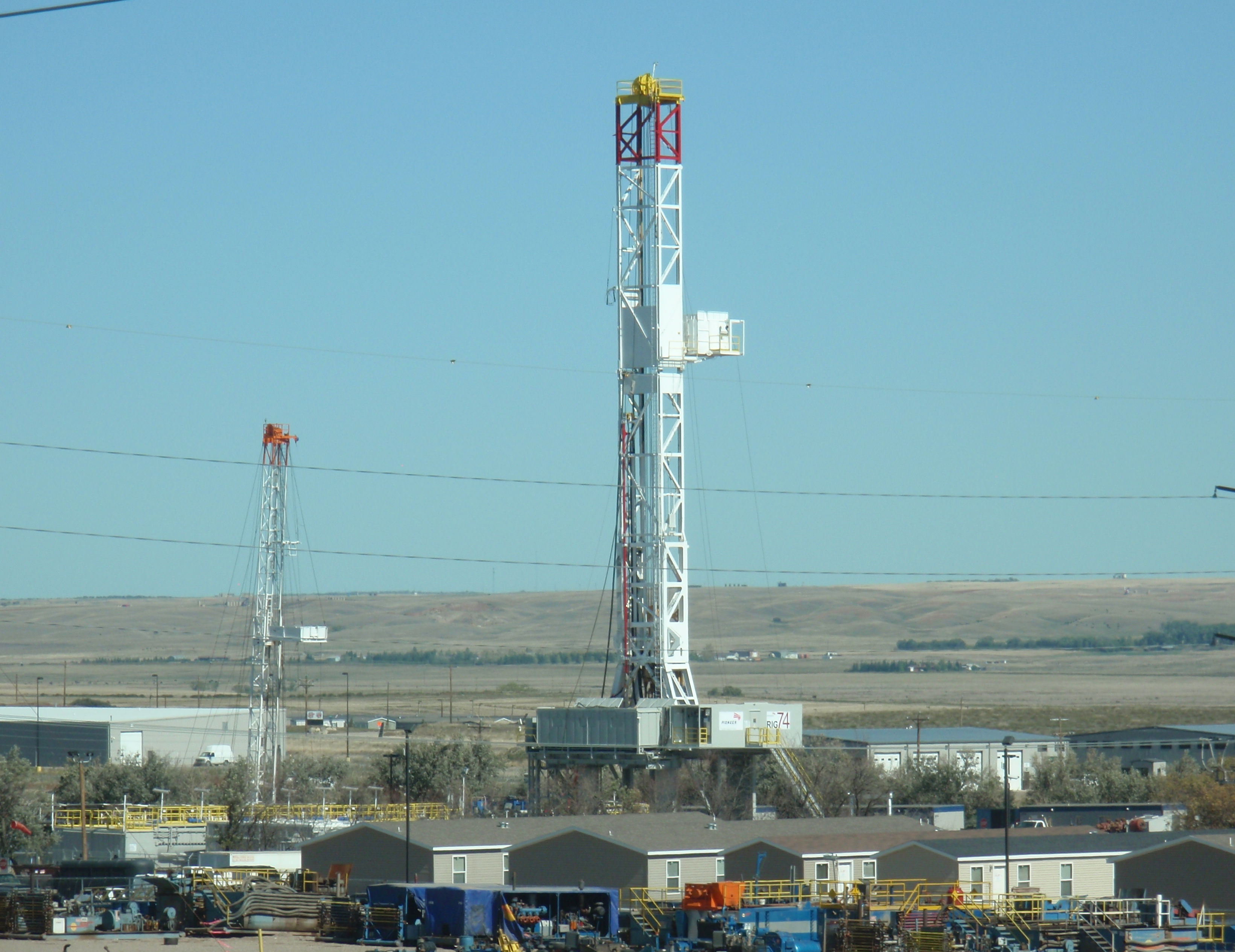
Horizontal drilling and hydraulic fracturing have turned the energy world upside down. The massive transition isn’t over. A few articles on the massive benefits of fracking. Part 1 of this discussion here.
2/14 – Matt Ridley, Rational Optimist – Low Oil Prices Are a Good Thing / The shale revolution has changed the world – Article explains that low oil prices are an incredible benefit for consumers across the world.
Pointing out news that is not news to anyone who has paid attention to the energy business in the recent years, article explains the current volatility is currently disrupting and will continue to disrupt many producers. A lot of producers will go out of business. Keep in mind that the drilling rigs, equipment, and especially the oil under the ground will not vaporize as a result. The know-how to more efficiently drill more productive wells more quickly more cheaply will be around a long time.
Article explains a cited book which makes the point that the shale revolution is just getting started. The improved efficiency producing higher output in the last two years has brought many producers to the point where they can be productive in the $30 or $40 range.
The technology has increased to the point that if prices rebound to slightly higher levels than where they are now would make it possible to bring horizontal drilling and hydraulic fracturing into conventional oil fields and produce increases there.
The net effect of all these amazing advances is that shale oil will put a cap on how far oil prices can rise. As prices go up a whole bunch of undrilled locations become lucrative.
3/1 – Mark Perry, Carpe Diem – Charts and Updates on America’s Amazing Shale Revolution, It’s Not over yet… – Astounding graphs, as usual.
Continue reading “The energy revolution driven by fracking isn’t over – 2 of 2”
